Areas of Focus

Younger drivers, especially those below the age of eighteen, are at an increased risk of crashing. Our research has found that this is primarily due to the fact that younger drivers lack sufficient experience behind the wheel to reliably recognize potentially hazardous situations.
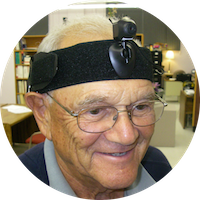
Age-related declines in vision, physical abilities, psychomotor coordination, and cognition combine to make it less likely that older drivers will look for potential threats during a turn. The lab is especially interested in pursuing research on improving older driver performance through the development of customized feedback and remediation for older drivers.

The HPL has developed several training programs aimed at improving the hazard anticipation, hazard mitigation, and attention maintance abilities. Our work on training younger drivers has been recognized with awards from various agencies and is the cornerstone for the Arbella Insurance Distractology 101 training program.

Using advanced simulation techniques, amongst other things, researchers at the HPL are able to estimate the effect of various roadway designs on driver behavior.
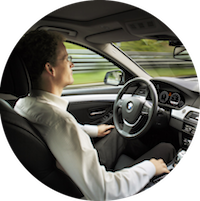
The HPL has been studying how drivers’ situation awareness and their corresponding hazard mitigation ability changes as vehicles become more autonomous. Additionally, some of the HPL's research focuses on what happens when the level of autonomy changes from partially automated driving to manual driving and vice versa.
Tools of the Trade
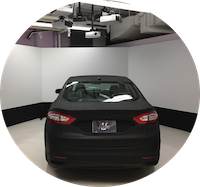
Our high fidelity driving simulator (2013 Ford Fusion) allows us to examine a variety of driving scenarios under controlled conditions.
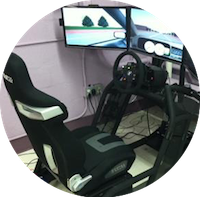
Our portable driving simulator allows us to demonstrate our research while traveling and connects with the high fidelity driving simulator for connected simulation research.

New! Our 2011 Subaru Forester allows us to examine driver performance while being driven on actual roads.
We have multiple eye trackers, which are used to record eye movements and study behavioral scanning patterns.
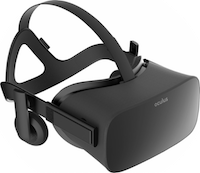
Our suite of head-mounted virtual reality headsets allow us to evaluate the safety benefits of various programs and scenarios through augmented reality.
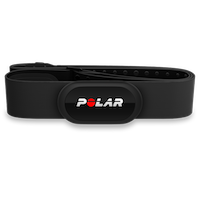
We have equipment to monitor physiological state, such as a person's heart rate, while they encouner challenging or demanding driving situations.
Contact us!
Engineering Lab I, Room 110
UMass Amherst
Phone: 413-545-3393
Email: hpl@ecs.umass.edu
Staff affiliated with the HPL (in alphabetical order)
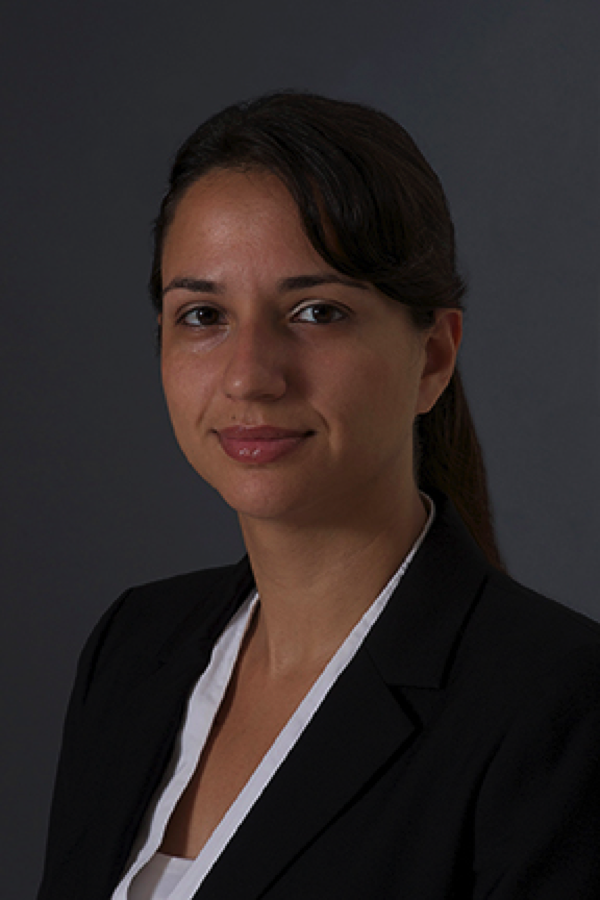







Supporters of our Research

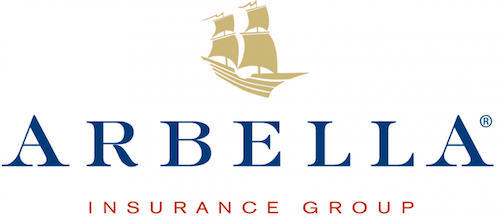


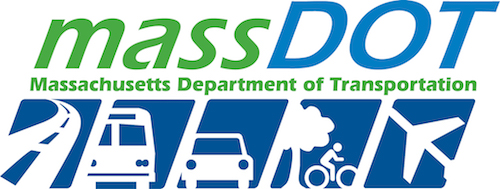




FOCAL (FOcused Concentration and Attention Learning) was created to teach drivers how to reduce their glance durations to under two seconds while still performing secondary in-vehicle tasks accurately.
The RAPT (Risk Awareness and Perception Training) program trains younger, inexperienced drivers to anticipate potential hazards in different roadway scenarios and how they can adjust their driving style to become safer drivers.
Recent books and journal articles
Agrawal, R., Wright, T. J., Samuel, S., Zilberstein, S., & Fisher, D. L. (2017). Effects of a change in environment on the minimum time to situation awareness in transfer of control scenarios. Transportation Research Record: Journal of the Transportation Research Board, (2663), 126-133.
Fournier, N., Christofa, E., & Knodler, M. A. (2017). A sinusoidal model for seasonal bicycle demand estimation. Transportation research part D: transport and environment, 50, 154-169.
Fournier, N., Christofa, E., & Knodler, M. A. (2017). A mixed methods investigation of bicycle exposure in crash rates. Accident Analysis & Prevention.
Fisher, D. L., Caird, J. L., Horrey, W. J., & Trick, Lana M. (Eds.). (2017). Handbook of Teen and Novice Drivers: Research, Practice, Policy, and Directions. CRC Press.
Fitzpatrick, C. D., Samuel, S., & Knodler Jr, M. A. (2017). The use of a driving simulator to determine how time pressures impact driver aggressiveness. Accident Analysis & Prevention, 108, 131-138.
Fitzpatrick, C. D., Rakasi, S., & Knodler, M. A. (2017). An investigation of the speeding-related crash designation through crash narrative reviews sampled via logistic regression. Accident Analysis & Prevention, 98, 57-63.
Lee, J., Roberts, S. C., Reimer, B., & Mehler, B. (2017). Does Order Matter? Investigating the Effect of Sequence on Glance Duration during On-road Driving. PLOS ONE, 12(2).
Park, H., Gao, S., & Samuel, S. (2017). Modeling effects of forward glance durations on latent hazard detection. Transportation Research Record: Journal of the Transportation Research Board, (2663), 90-98.
Valdés, D., Colucci, B., Knodler, M., Fisher, D., Ruiz, B., Ruiz, J., ... & Hajiseyedjavadi, F. (2017). Comparative analysis of toll plaza safety features in Puerto Rico and Massachusetts with a driving simulator. Transportation Research Record: Journal of the Transportation Research Board, (2663), 1-11.
Wright, T. J., Agrawal, R., Samuel, S., Wang, Y., Zilberstein, S., & Fisher, D. L. (2017). Effective cues for accelerating young drivers’ time to transfer control following a period of conditional automation. Accident Analysis & Prevention.
Wright, T. J., Agrawal, R., Samuel, S., Wang, Y., Zilberstein, S., & Fisher, D. L. (2017). Effects of alert cue specificity on situation awareness in transfer of control in Level 3 automation. Transportation Research Record: Journal of the Transportation Research Board, (2663), 27-33.
Select Alumni since 2015
Radhameris Gómez, Ph.D. in Transportation Engineering, 2017 (now at MA Department of Transportation)
Cole Fitzpatrick, Ph.D. in Transportation Engineering, 2017 (now at UMass Transportation Center)
Tingru (Lisa) Zhang, Post-Doc in Industrial Engineering, 2015-2017 (now at Shenzhen University)
Jared Young, M.S. in Industrial Engineering, 2017 (now at Volpe)
Sam Bernardon, Undergraduate Research Assistant, 2016-2017 (now at Stanford University)
Foroogh Hajiseyedjavadi, M.S. in Transportation Engineering, 2017 (currently pursuing PhD at UMass)
Cheryl Nicholas, Ph.D. in Industrial Engineering, 2016
Jennifer Coppola, Undergraduate Research Assistant, 2015-2016
Erin O’Neill, Undergraduate Research Assistant, 2015-2016
Bradley Kronick, Undergraduate Research Assistant, 2015-2016
Akhilesh Krishnan, M.S. in Industrial Engineering, 2015 (now at Tesla)
Craig Schneider, MS. In Transportation Engineering, 2015 (now at VHB)